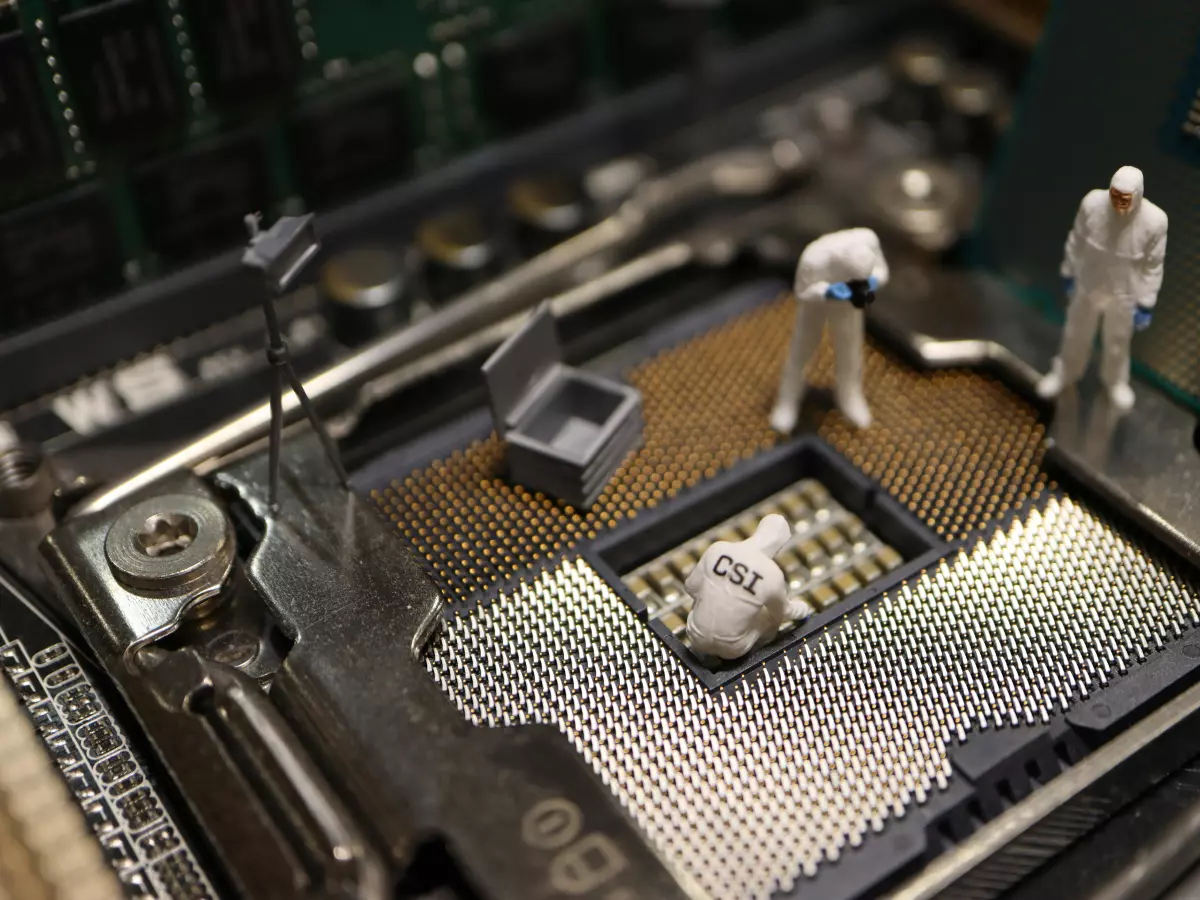Encryption Showdown
Encryption is like the digital equivalent of locking your front door. But what happens when the burglars get smarter and your lock stays the same? In today’s cyber world, encryption is the first line of defense against cyber attacks. But, as hackers evolve, so too must our encryption techniques. The question is: are we keeping up?

By Liam O'Connor
Let’s face it, the internet is a dangerous place. Every day, cybercriminals are finding new ways to break into systems, steal data, and wreak havoc. And while encryption has long been hailed as the ultimate safeguard, it’s not an impenetrable fortress. In fact, it’s more like a constantly shifting battlefield where both sides are trying to outsmart each other. So, how do you make sure your encryption is strong enough to withstand the next big attack?
First, let’s break down what encryption actually is. At its core, encryption is the process of converting your data into a code to prevent unauthorized access. Think of it like scrambling a message so that only someone with the right key can read it. Sounds simple enough, right? Well, not exactly. The strength of your encryption depends on the complexity of the algorithm used to scramble the data and the length of the encryption key. The longer and more complex the key, the harder it is for hackers to crack it.
The Rise of Quantum Computing: A New Threat to Encryption
Now, here’s where things get tricky. Traditional encryption methods, like RSA or AES, rely on the fact that it would take a regular computer an absurd amount of time to crack the code. But with the rise of quantum computing, that’s no longer the case. Quantum computers have the potential to solve complex mathematical problems at lightning speed, meaning they could break even the strongest encryption in a matter of minutes.
So, what does this mean for the future of encryption? Well, it’s not all doom and gloom. Researchers are already working on developing quantum-resistant encryption algorithms that could withstand the power of quantum computers. But until those algorithms are fully developed and implemented, we’re in a bit of a race against time.
Man-in-the-Middle Attacks: The Sneaky Saboteurs
Even if your encryption is rock solid, there’s another threat you need to be aware of: man-in-the-middle (MITM) attacks. In a MITM attack, a hacker intercepts the communication between two parties and can either eavesdrop on the conversation or alter the data being sent. This type of attack is particularly dangerous because it can happen without either party knowing they’ve been compromised.
To protect against MITM attacks, it’s crucial to use encryption protocols like TLS (Transport Layer Security) that ensure the authenticity of the parties involved in the communication. But even TLS isn’t foolproof. Hackers are constantly finding new vulnerabilities to exploit, so it’s important to stay up-to-date with the latest security patches and updates.
End-to-End Encryption: The Gold Standard?
When it comes to protecting sensitive data, end-to-end encryption (E2EE) is often considered the gold standard. With E2EE, data is encrypted on the sender’s device and can only be decrypted on the recipient’s device, meaning that no one in between (not even the service provider) can access the data. Sounds perfect, right? Well, not quite.
While E2EE is incredibly effective at keeping data secure, it’s not without its challenges. For one, it can be difficult to implement on a large scale, especially in environments where multiple devices and users need to access the same data. Additionally, E2EE can make it harder for organizations to comply with certain regulations that require them to monitor and audit communications.
What You Can Do to Stay Ahead
So, how can you make sure your encryption is up to the task? First and foremost, make sure you’re using the latest encryption standards. Outdated encryption algorithms are like leaving your front door wide open for hackers. Stay informed about the latest developments in encryption technology and be prepared to upgrade your systems as needed.
Next, consider implementing multi-layered encryption. Instead of relying on a single encryption method, use a combination of techniques to add extra layers of protection. This way, even if one layer is compromised, your data will still be protected by the others.
Finally, don’t forget about the human element. Encryption is only as strong as the people using it. Make sure your team is trained on best practices for handling sensitive data and that they understand the importance of keeping encryption keys secure.
At the end of the day, encryption is a powerful tool in the fight against cyber attacks, but it’s not a silver bullet. As hackers continue to evolve, so too must our encryption techniques. By staying informed, using the latest encryption standards, and implementing multi-layered security measures, you can stay one step ahead of the bad guys.





